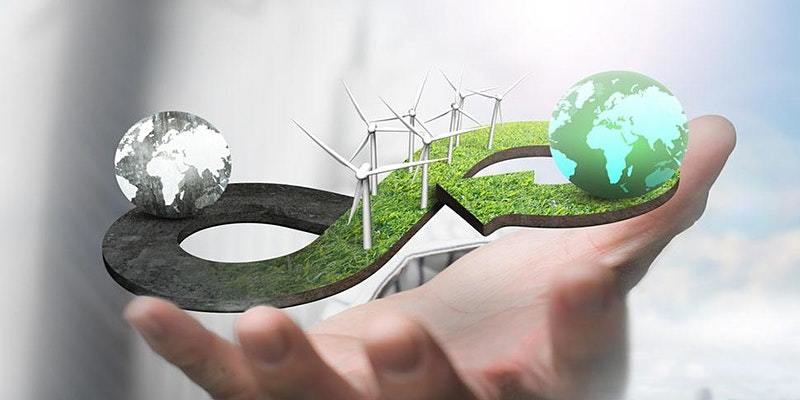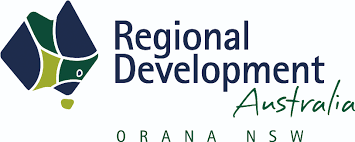Environment Ministers agree to move to Circular Economy by 2030
Australia’s environment ministers met in Brisbane last week to make three landmark commitments to halt and reverse biodiversity loss and preserve the Australian environment

The 2021 State of the Environment Report found that Australia’s unique animals and plants are under significant pressure. Action is needed quickly to arrest environmental decline and prevent new extinctions of plants and animals.
In recognition of the scale and urgency of environmental challenges, ministers agreed:
1. To work collectively to achieve a national target to protect and conserve 30% of Australia’s landmass and 30% of Australia’s marine areas by 2030.
2. To note the Commonwealths’ intention to establish a national nature repair market and agreed to work together to make nature positive investments easier, focusing on a consistent way to measure and track biodiversity.
3. To work with the private sector to design out waste and pollution, keep materials in use and foster markets to achieve a circular economy by 2030.
Waste, recycling and the circular economy
The Environment Ministers' Meeting Communique goes on to explain in further detail:
"Australia has made progress to improve our waste management and recycling activities under the National Waste Policy Action Plan but we must do more to prevent waste, including better product design and more efficient production processes. The National Waste Policy Action Plan will be expanded over the coming year to strengthen Australia’s efforts towards our 2030 targets."
"There are growing concerns about environmental impacts of problematic waste streams, including single use plastics, end of life tyres, and electronic goods."
Ministers noted the Australian Government’s intention to develop a regulatory product stewardship scheme for solar panels and household electronics, and also agreed:
- To develop nationally harmonised definitions to support the phase out of problematic single use plastic.
- To reform the regulation of packaging by 2025, to ensure that all packaging available in Australia is designed to be recovered, reused, recycled and reprocessed safely in line with circular economy principles.
- That the Australian Government add end of life tyres to the Minister’s Product Stewardship Priority List, signalling the intention to regulate should industry not lift its game.
- The Commonwealth will work with jurisdictions to phase out the use of harmful chemicals in food packaging.
Circular Australia CEO Lisa McLean has applauded the commitments, noting that:
"These circular economy targets are essential for Australia to be part of the global circular economy and will help activate the $2 trillion economic opportunity, paving the way for new regional and metropolitan jobs while regenerating natural systems and biodiversity."
The Circular Economy Opportunity in NSW report sets out the evidence for why transitioning from a linear to a circular economy will be vital for job creation and economic recovery post-COVID-19.
















